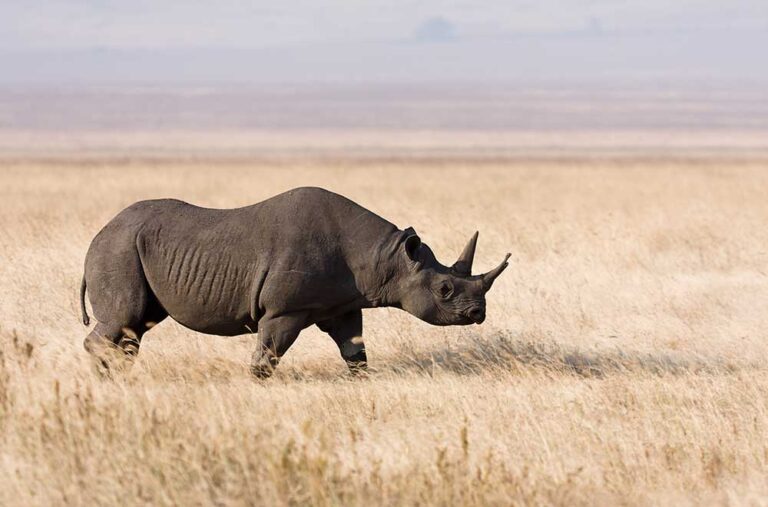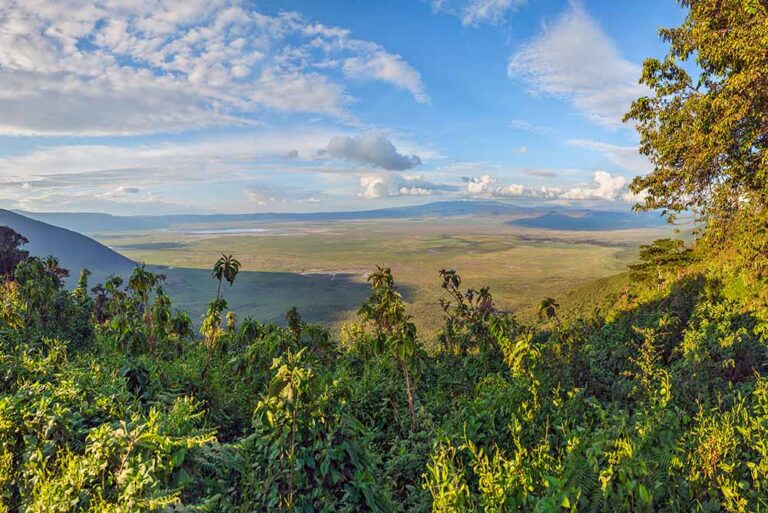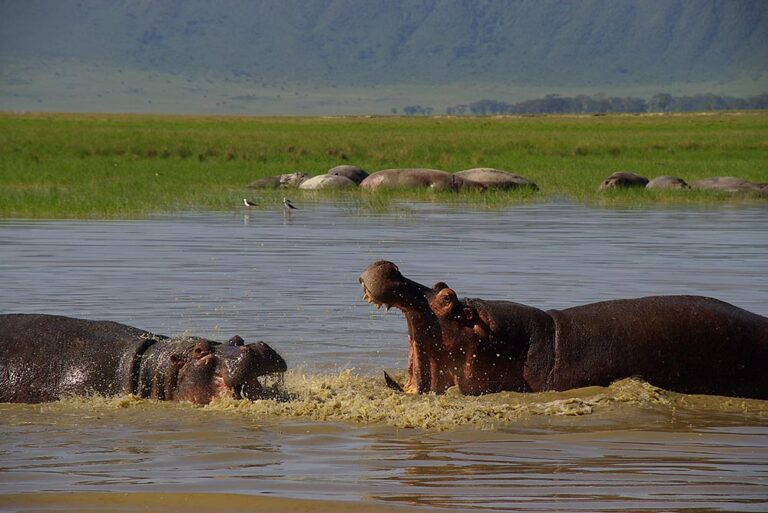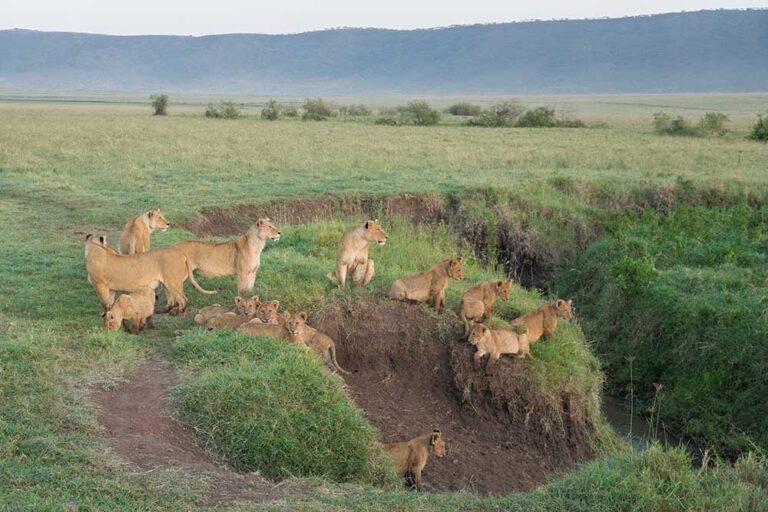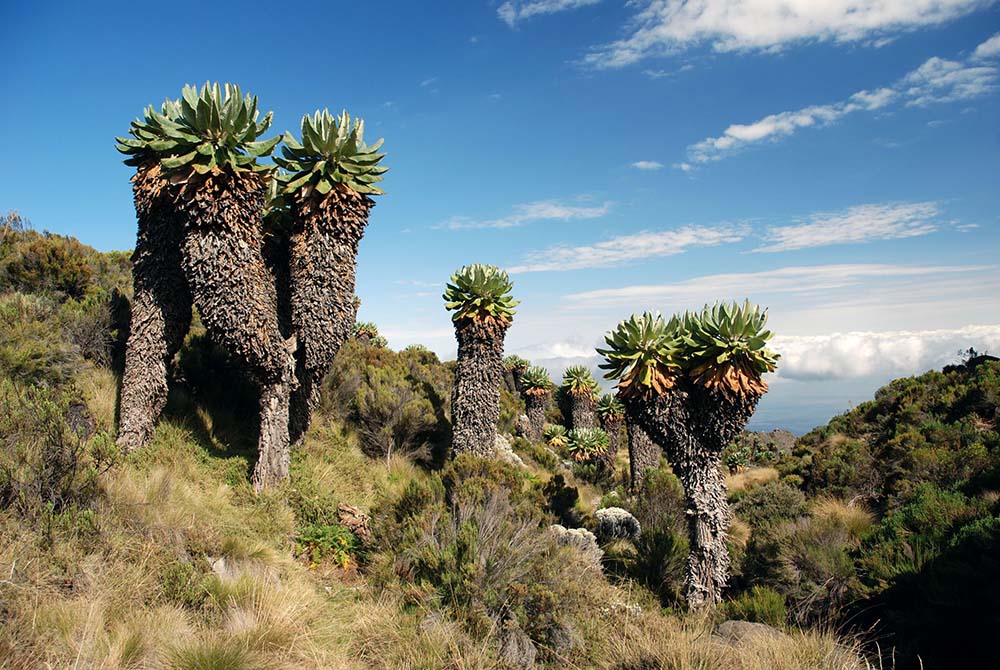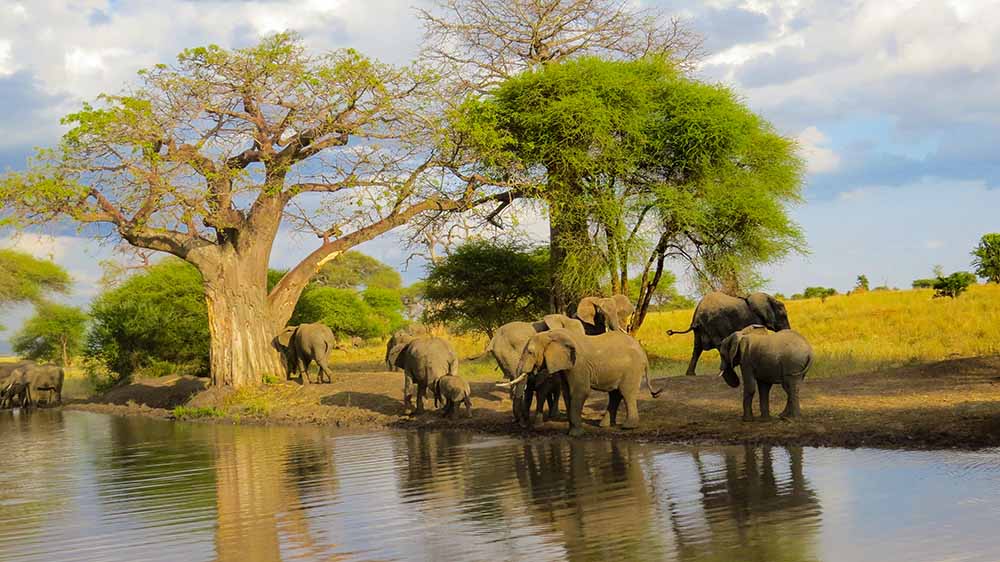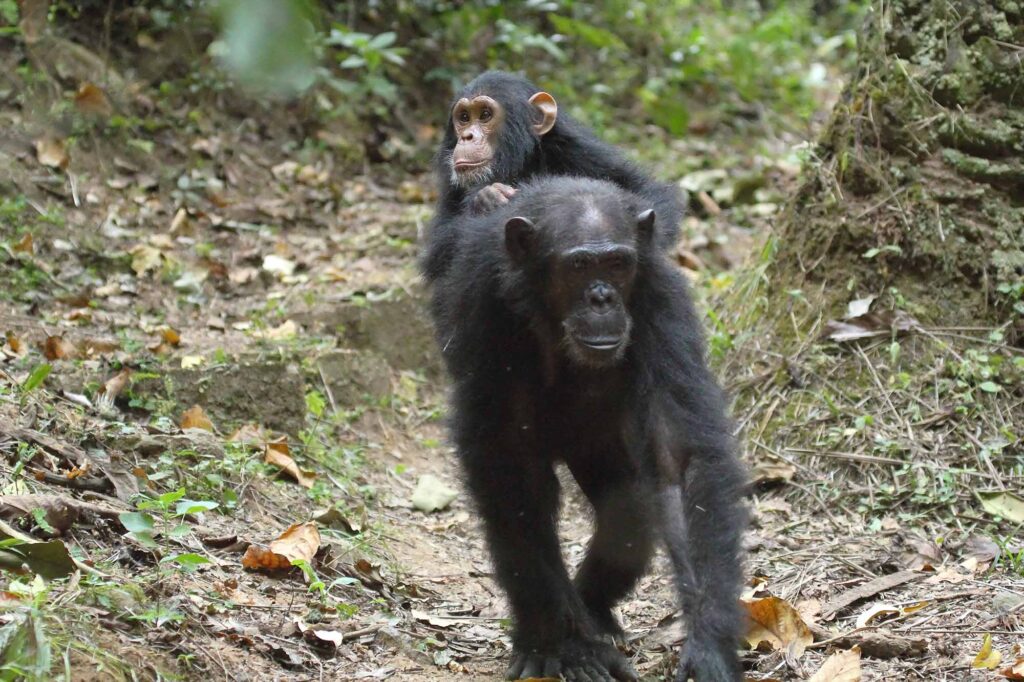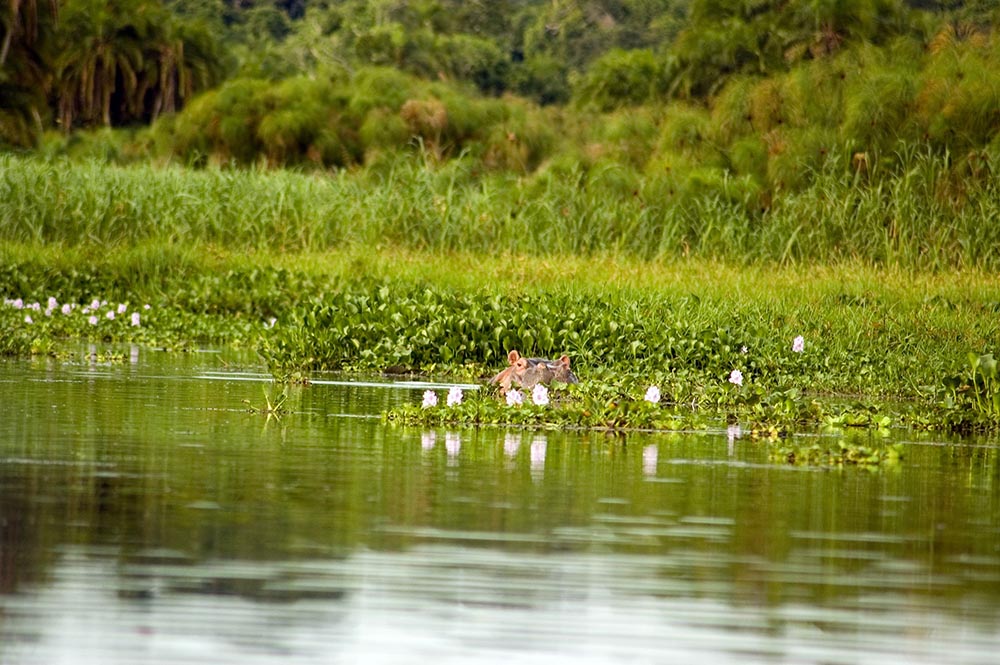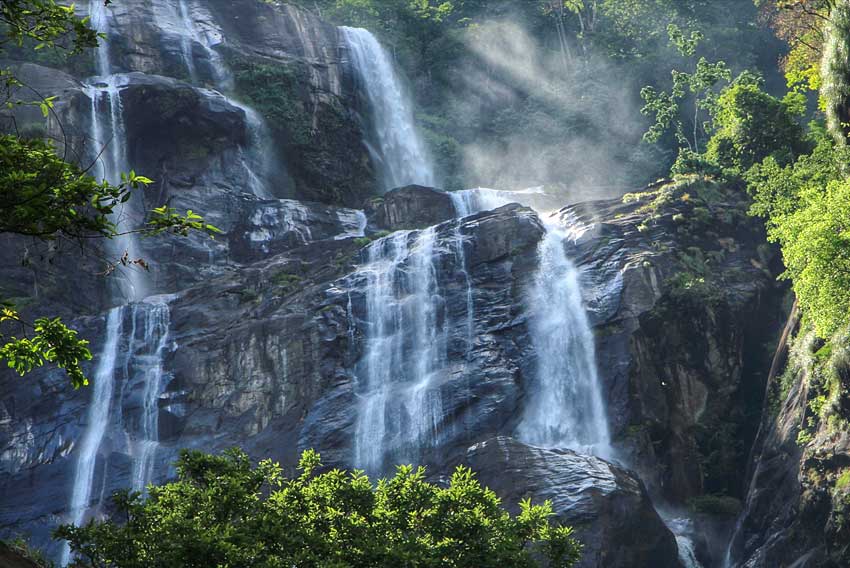Ngorongoro Conservation Area
Overview
The Ngorongoro Conservation Area is one of Africa’s most remarkable natural wonders—a place where wildlife, landscapes, and ancient human history converge in breathtaking harmony.
Located just west of Lake Manyara and forming part of Tanzania’s northern safari circuit, Ngorongoro spans over 8,000 square kilometers and includes savannahs, volcanic craters, forests, and lakes. Its centerpiece, the Ngorongoro Crater, is the world’s largest unbroken volcanic caldera and home to an extraordinary density of wildlife.
Designated a UNESCO World Heritage Site, Ngorongoro is unique not only for its wildlife viewing but also for its status as a multi-use protected area, where wild animals and the semi-nomadic Maasai people live side by side.
Whether you’re standing on the crater rim gazing into the lush basin below or exploring the broader conservation area with its rich archaeological sites and cultural heritage, Ngorongoro offers a safari experience that is both wild and deeply human.
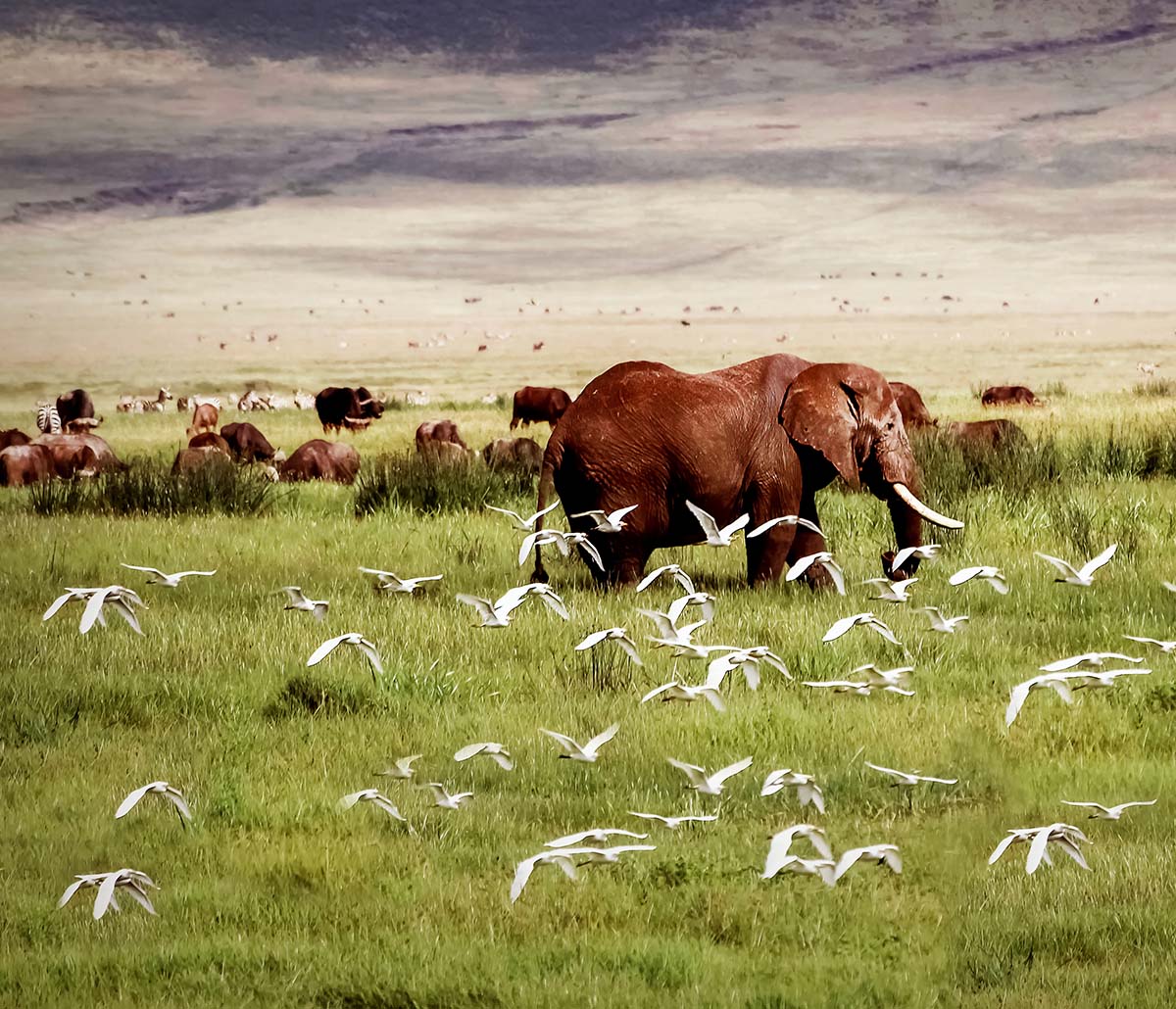
Ngorongoro Highlights
Ngorongoro Crater: A massive, intact volcanic caldera teeming with wildlife, including the Big Five and rare black rhinos.
Incredible wildlife density: The crater floor supports a year-round population of lions, elephants, hippos, hyenas, buffaloes, zebras, and more.
Black rhino sightings: One of the few places in Tanzania where visitors have a chance to see critically endangered black rhinos in the wild.
Maasai culture: Home to thousands of Maasai pastoralists who continue to live and herd cattle within the conservation area.
Olduvai Gorge: Often called the “Cradle of Mankind,” this world-renowned archaeological site has produced some of the earliest known human remains.
Stunning scenery: From the highland forests and crater rim to lakes, plains, and extinct volcanoes, the landscapes are endlessly photogenic.
Lerai Forest & Lake Magadi: Key areas inside the crater known for elephants, monkeys, and large flocks of flamingos.
Activities in Ngorongoro
- Crater game drives: Descend 600 meters to the crater floor for an unforgettable wildlife safari in one of Africa’s most concentrated ecosystems.
- Cultural visits: Meet Maasai families, explore their bomas (villages), and learn about their pastoral way of life.
- Olduvai Gorge museum: Discover the story of early human evolution through fossil displays, ancient tools, and guided site visits.
- Walking safaris (in designated areas): Guided walks on the crater rim or outside the caldera offer immersive nature experiences and birdwatching.
- Photographic safaris: The crater’s dramatic lighting, wildlife density, and backdrop make it a dream location for photographers.
Best Time to Visit
Ngorongoro is a year-round destination, thanks to its permanent water sources and stable wildlife population. However, each season brings unique features:
June to October (Dry Season): Clear skies and easier wildlife spotting as animals gather around water sources. Roads are dry and visibility excellent.
November to December (Short Rains): Brings a green transformation to the landscape and is still excellent for game viewing.
January to March (Calving Season): Often combined with the Ndutu plains, this is a prime time to witness wildebeest calving and predator action nearby.
April to May (Long Rains): The landscape is lush, fewer tourists are around, and photographers will love the vibrant colors, though some roads may be muddy.


